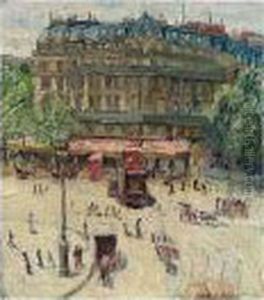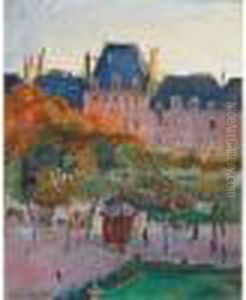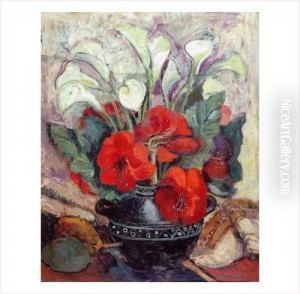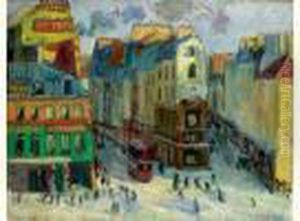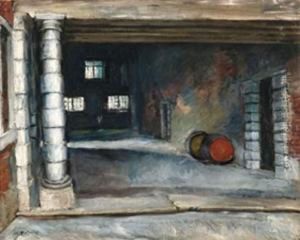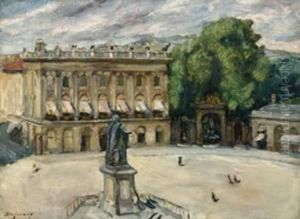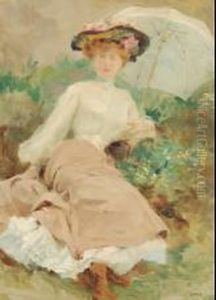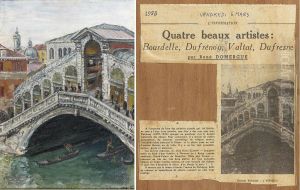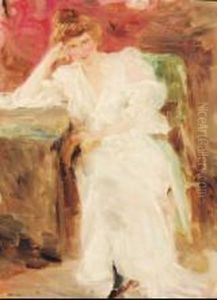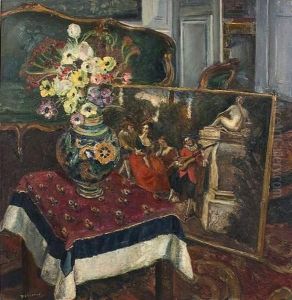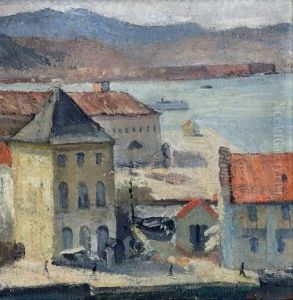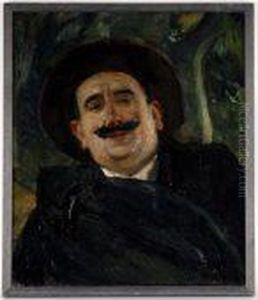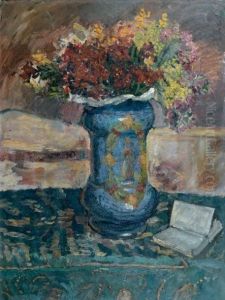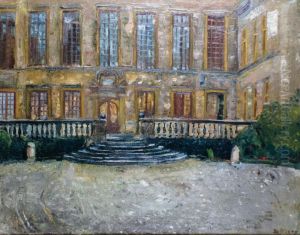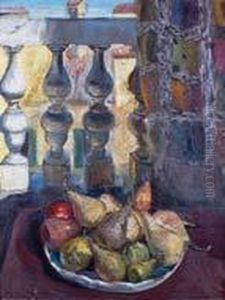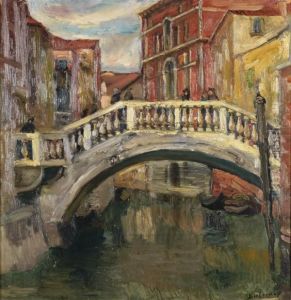Georges Leon Dufrenoy Paintings
Georges Leon Dufrenoy, born in 1870 in Paris, France, was a prominent figure in the early 20th-century French art scene. His work is often associated with Post-Impressionism and Fauvism, movements that sought to move beyond the naturalistic depictions of Impressionism, emphasizing bold colors and innovative compositions. Dufrenoy was known for his vibrant landscapes, cityscapes, and still lifes, which captured the dynamic changes of light and color in his surroundings.
Dufrenoy's artistic journey began at the École des Beaux-Arts in Paris, where he studied under notable instructors such as Léon Bonnat and Fernand Cormon. These years were crucial in shaping his understanding of form, color, and composition. However, Dufrenoy's style evolved significantly over the years, moving towards a more expressive use of color and brushwork that characterized his later works.
Throughout his career, Georges Leon Dufrenoy exhibited his work widely, including at the Salon des Indépendants and the Salon d'Automne, two of the most influential art exhibitions in France. His participation in these salons placed him in the midst of the avant-garde art scene in Paris, alongside other artists who were pushing the boundaries of traditional art.
Despite his involvement with these contemporary movements, Dufrenoy's work retained a unique identity. His paintings often depicted the French countryside and urban Parisian scenes, imbued with a sense of tranquility and a rich palette that set his work apart from his contemporaries. This individual approach helped him garner attention and accolades, including the prestigious Legion of Honour in 1931, recognizing his contributions to French art.
Dufrenoy's influence extended beyond his lifetime, with his works being featured in numerous exhibitions and collections around the world. His approach to color and composition has been noted for its impact on subsequent generations of artists, contributing to the ongoing dialogue about the evolution of modern art.
Georges Leon Dufrenoy passed away in 1943, leaving behind a legacy that continues to captivate and inspire. His body of work remains a testament to a pivotal period in art history, reflecting the transition from the structured compositions of the 19th century to the more fluid and expressive forms of the 20th century.
